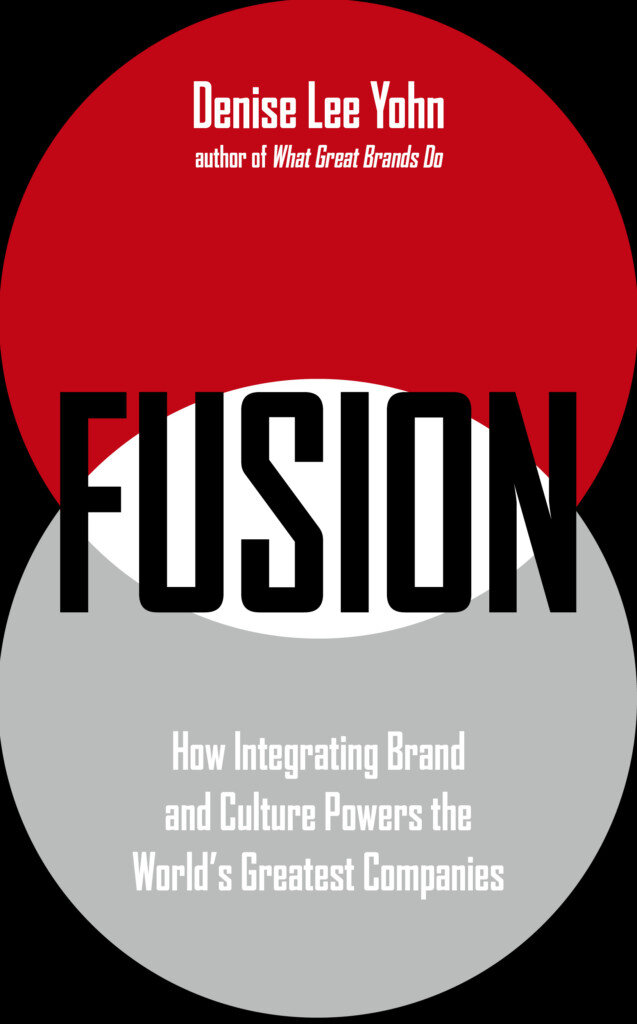
The cannabis business sector is teeming with opportunity. Your company has so much growth potential. And as the leader of a cannabis company, you have countless new ideas and ventures before you.
Amid all this excitement and forward momentum, take care not to overlook your organizational culture. A healthy culture is critical to the viability and sustainability of your company.
A good product will only get you so far — there will always be someone else who comes along with a better product. Same with price — no matter how low your price, a competitor will always try to undercut you. And nothing kills a business faster than a race to the bottom.
Superior customer experience is a great way to differentiate your brand and foster customer loyalty and customer experience is powered by company culture. Your ability to develop and deliver leading customer experiences depends on the focus, alignment, and commitment of you and your stakeholders — that is, everyone who has a stake in your success including your partners, employees, investors, even your key customers.
You need to deliberately and actively cultivate your company culture to achieve that kind of stakeholder engagement. If you let your culture develop haphazardly, one day you’ll find yourself with employees who don’t work well with each other and/or who don’t produce the results you’re looking for. You also can’t just hope that you’ll end up with a good culture — hope is not a strategy. You must assume responsibility for developing the desired mindset and behaviors in your organization — communicate about them compellingly, role model them consistently, and take specific actions to cultivate them.
My new book, FUSION: How Integrating Brand and Culture Powers the World’s Greatest Companies, shows you how. The following is an excerpt from it.
EXCERPT: THE UNSUNG DRIVERS OF BUSINESS
In nuclear physics, fusion is the reaction that happens when two atomic nuclei come together. Nuclear fusion releases large amounts of energy—it’s what powers the sun. When fused, the two nuclei create something entirely new.
In the same way, you can unleash great power when you fuse together your organization’s two nuclei: your culture—the way the people in your organization behave and the attitudes and beliefs that inform them (i.e., “the way we do things around here”)—and your brand or brand identity, how your organization is understood by customers and other stakeholders. Culture involves so much more than perks and parties, and brands are built by so much more than ads and public relations. But until recently, culture and brand were often seen as the “soft stuff” in business, often relegated to human resources and marketing efforts, respectively. Today, many leaders are starting to recognize what astute ones have known all along: culture and brand are the nuclei of their organizations, the biggest drivers of the hard results they must produce every day.
Culture is not incidental or incremental to business performance—it is instrumental. In People First Leadership: How the Best Leaders Use Culture and Emotion to Drive Unprecedented Results, Eduardo Braun, former director of the World Business Forum, shares his experience interviewing business leaders from around the world. He was struck as he heard leader after leader—from Jack Welch, GE’s former CEO, to Virgin Group founder Richard Branson—point to culture as their primary competitive advantage. Their common refrain, he writes, was, “Culture multiplies results.” Braun goes on to recount the words of Jim Collins, the best-selling author on leadership. In the prologue of Dream Big by Cristiane Correa, Collins explains that “culture is not part of the strategy. Culture is the strategy.”
When Herb Kelleher, founder and former CEO of Southwest Airlines, was asked what differentiated his airline—which had posted forty-four consecutive years of profits while never executing a layoff—from other companies, he pointed to Southwest’s culture as its key competitive advantage. “Our competitors can get all the hardware,” he said. “I mean, Boeing will sell them the planes. But it’s the software, so to speak—the people— that’s hard to imitate.” Data from the Great Place to Work organization supports all these leaders’ beliefs in the power of a strong culture. The data shows great workplaces benefit from stronger financial performance, reduced turnover, and better customer satisfaction than their peers.
Culture is a powerful antidote to the unprecedented threats most organizations face today. A large body of research has shown that a lack of employee engagement plagues today’s business world. Most notably, in 2017, the Gallup organization found that 70 percent of workers are unengaged. A healthy culture helps increase employee engagement and productivity—and the likelihood employees will stay at a company. Many businesses also operate in sectors where a war for talent rages, and ratings on websites like LinkedIn and Glassdoor greatly influence prospective employees’ perceptions of companies. An attractive culture can be a powerful magnet to compel the best candidates to join a company.
As they have with culture, savvy business leaders are learning to see their brands as value creation tools. Companies with strong brands operate more profitably and are valued at levels much higher than their estimated future cash flows and assets alone would suggest. Having worked on some of the world’s greatest brands, including Sony, Frito-Lay, and Oakley, I’ve witnessed firsthand how a strong brand can become the key weapon in a company’s competitive arsenal. As market saturation has made it increasingly difficult for any one company to sustain product leadership over time and to differentiate its brand on product features or performance alone, a definitive brand identity expressed through superior customer experiences can help build long-term customer relationships and maintain higher profit margins.
Independently, culture and brand are powerful, often unsung, business drivers. But when you fuse the two—when you create an interdependent and mutually reinforcing relationship between how your organization thinks and acts on the inside and how it is perceived and experienced on the outside—you create new growth that isn’t possible by simply cultivating one or the other alone.


